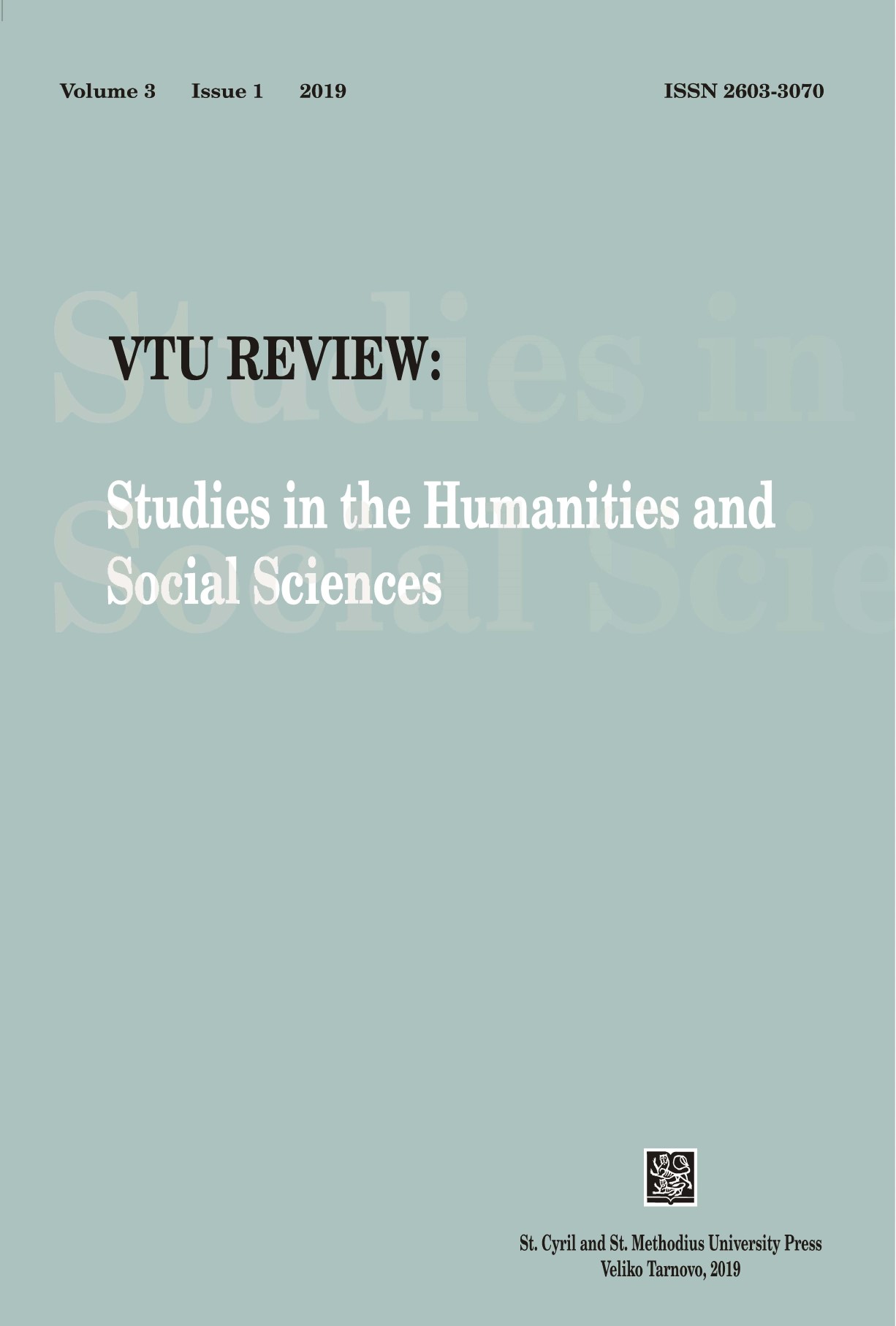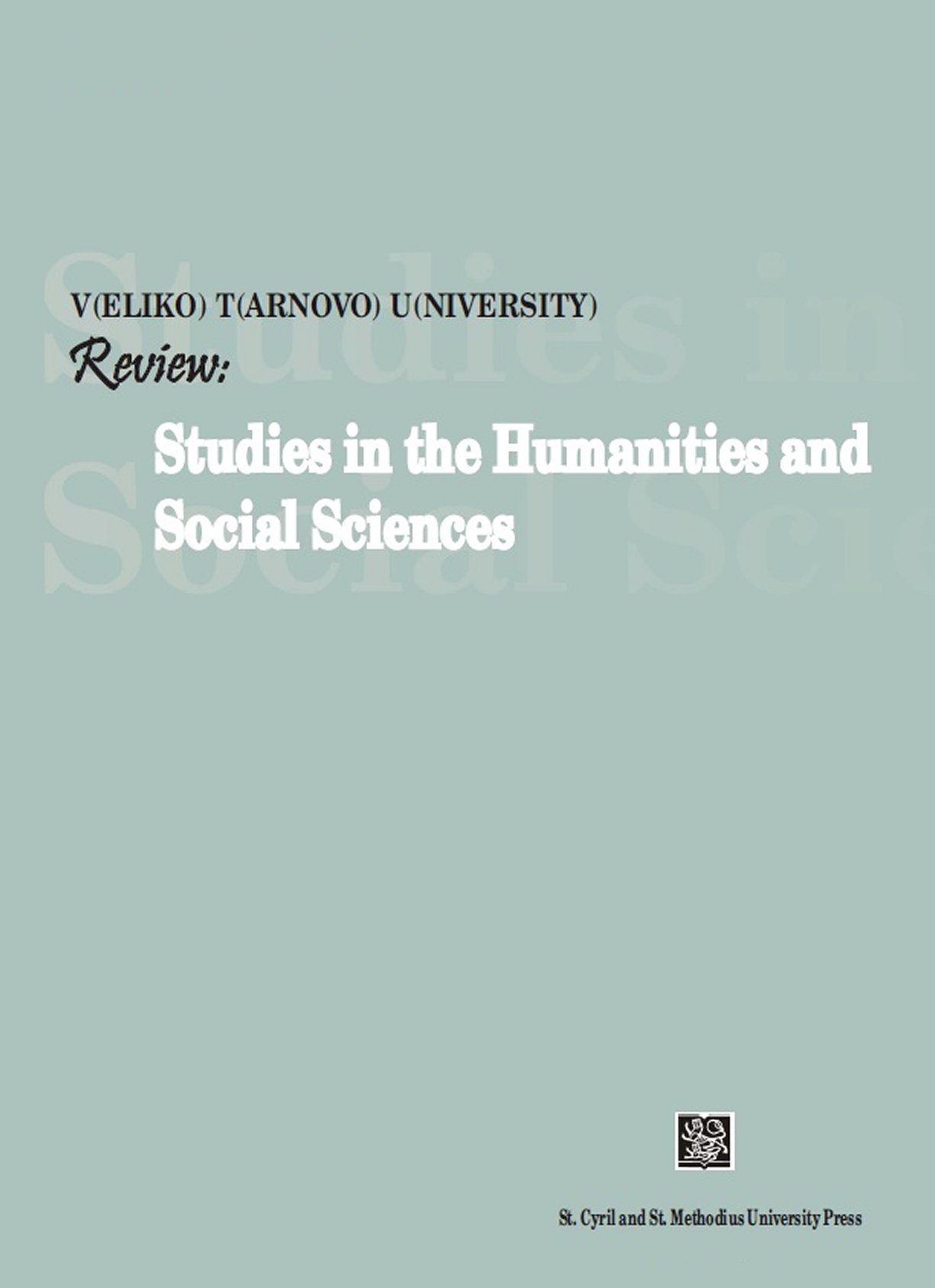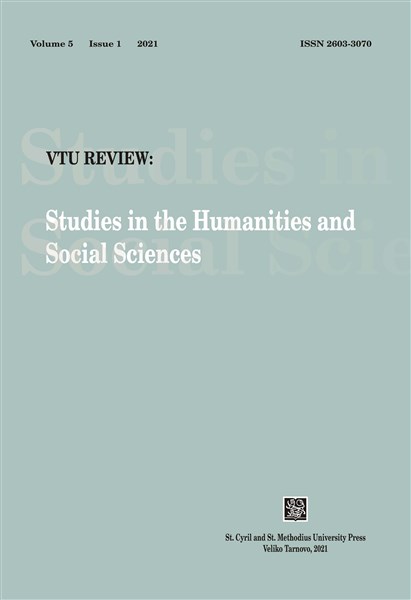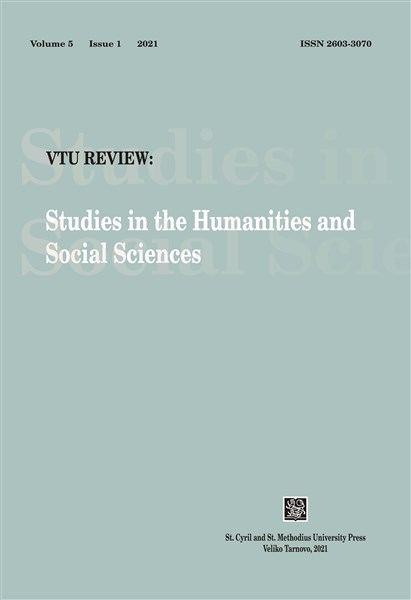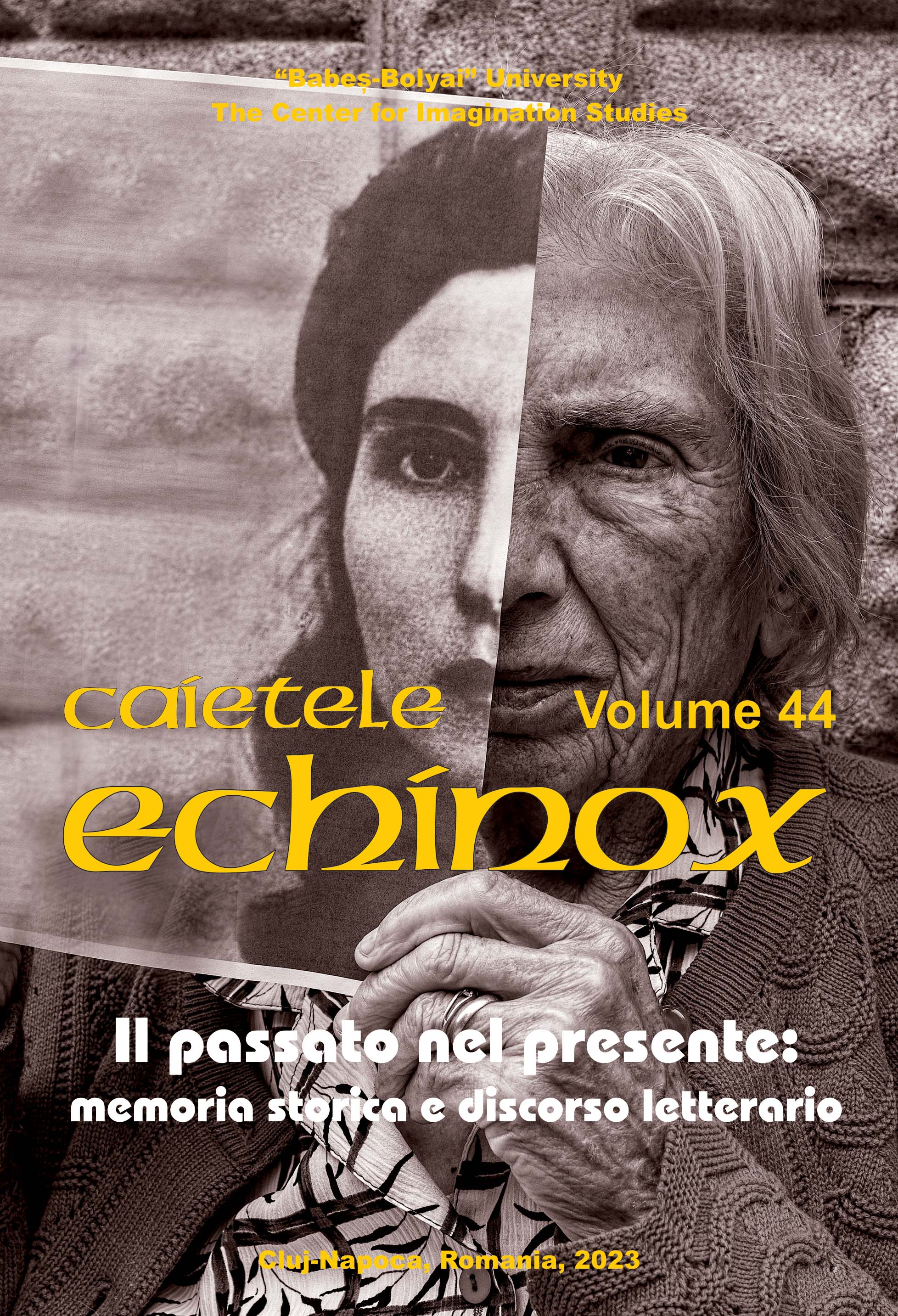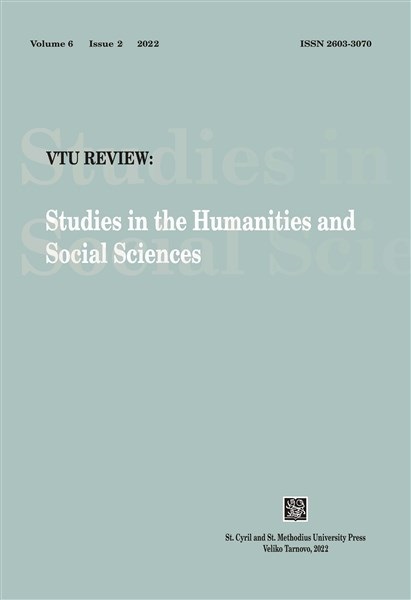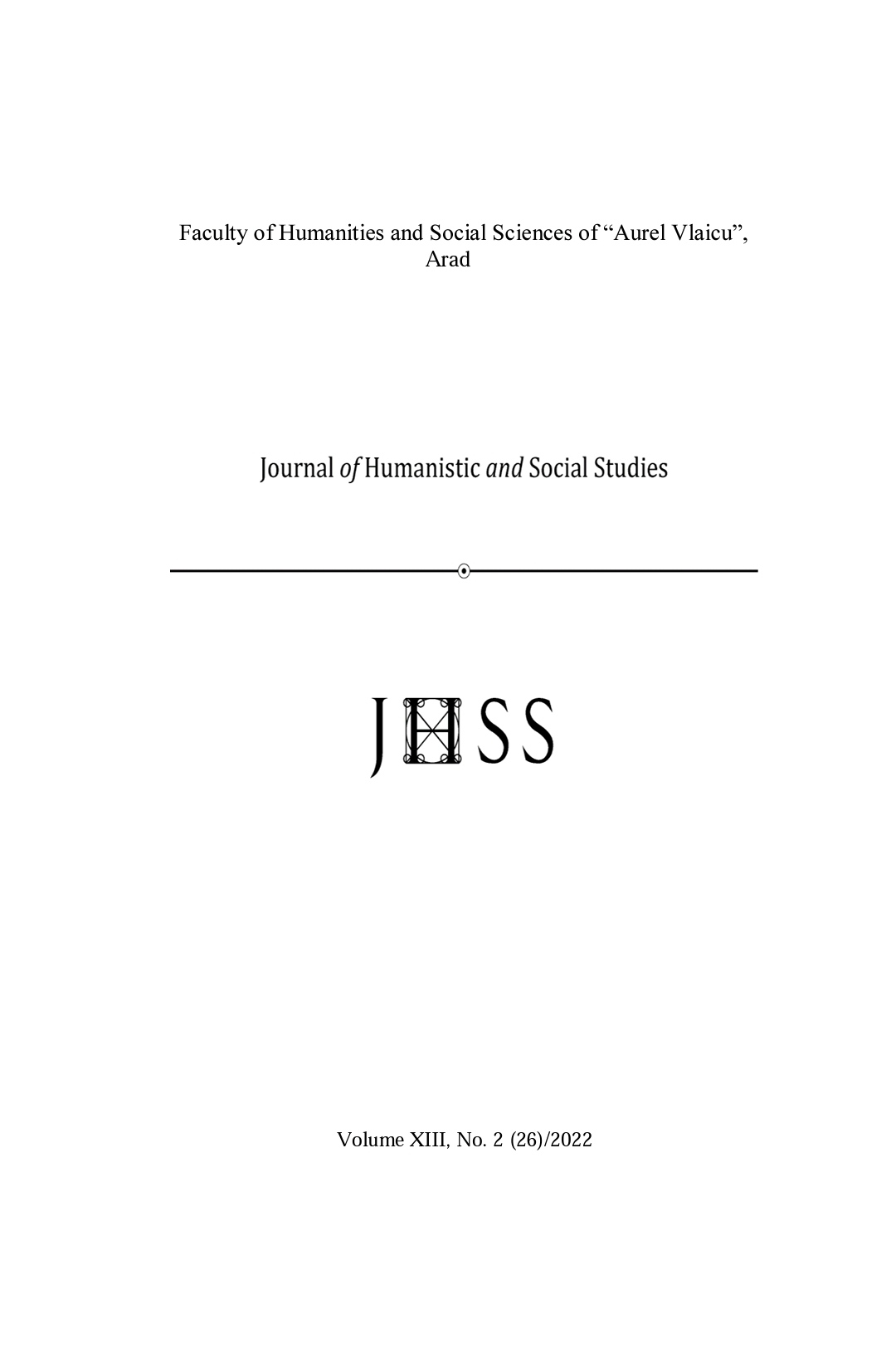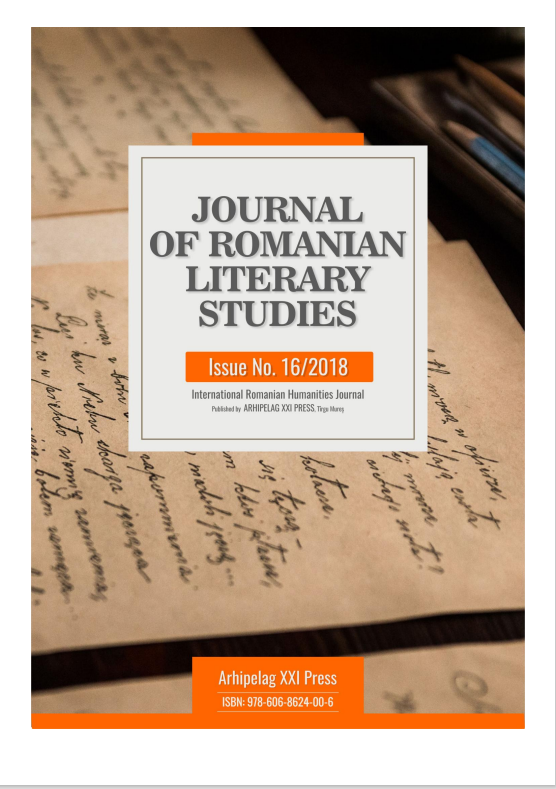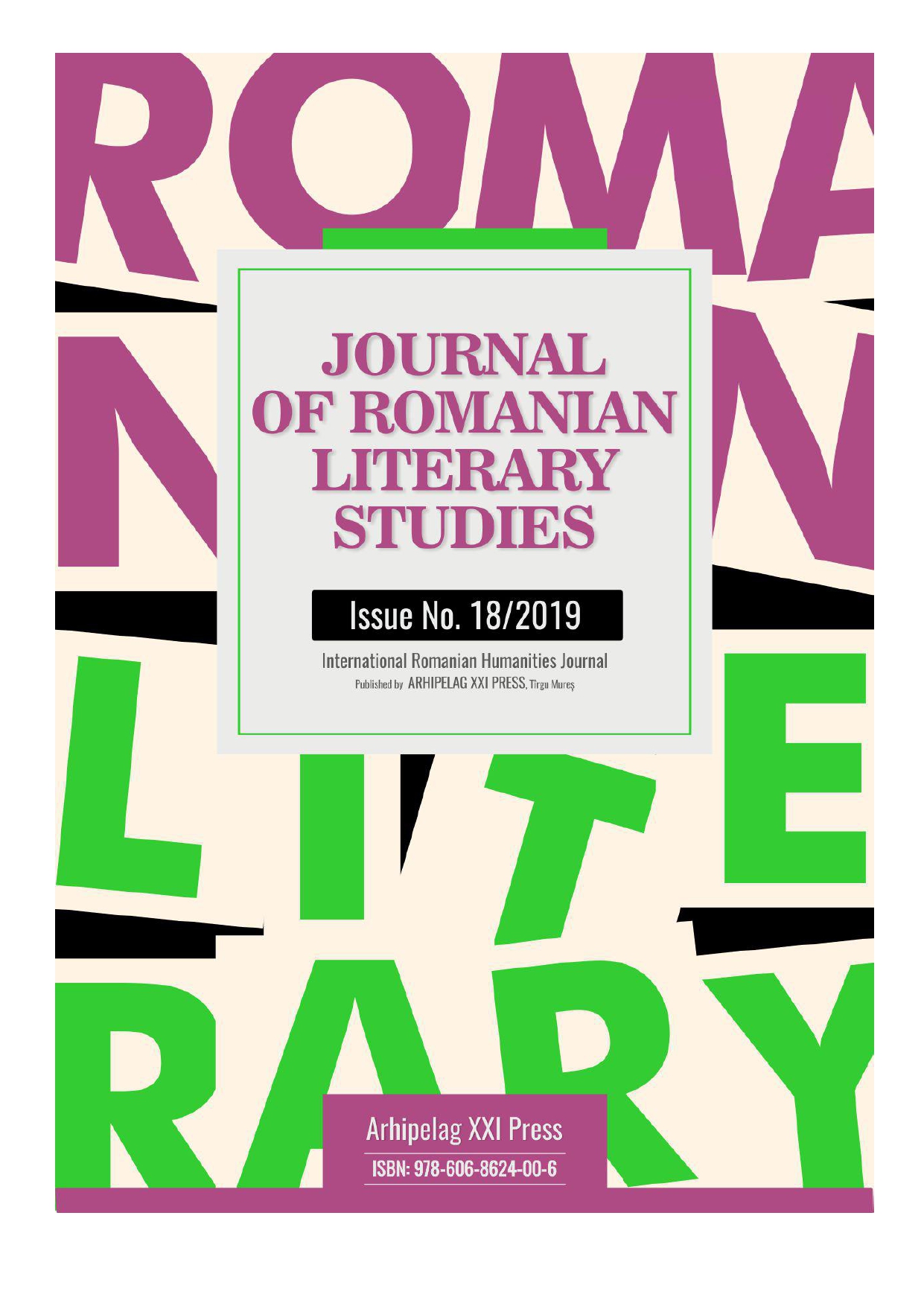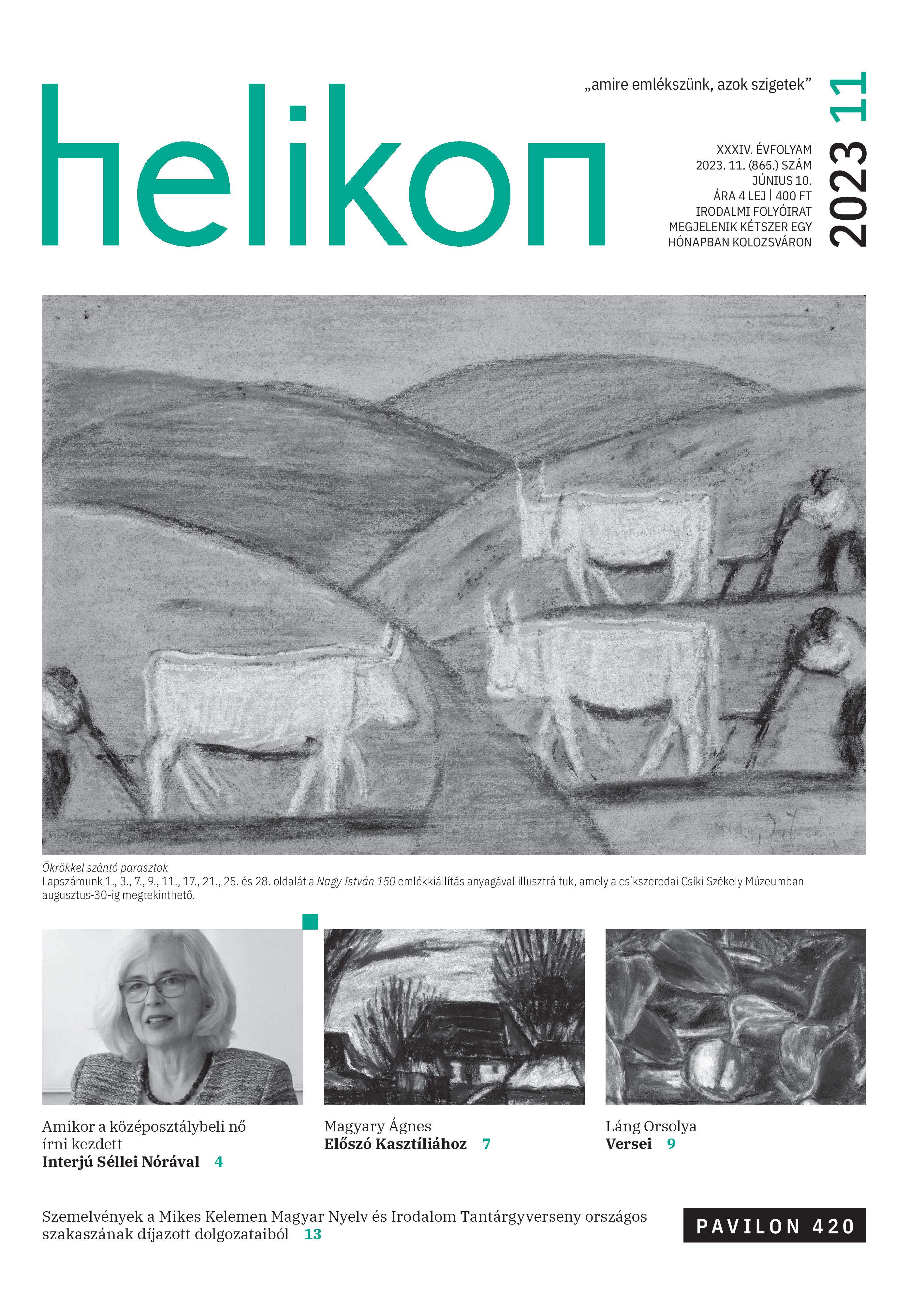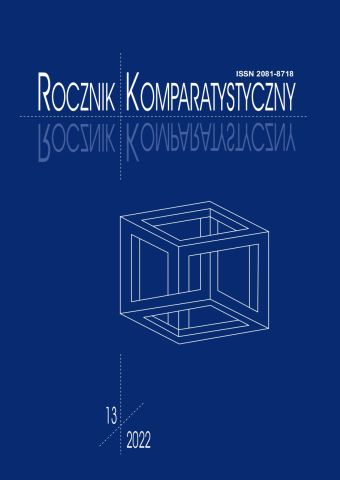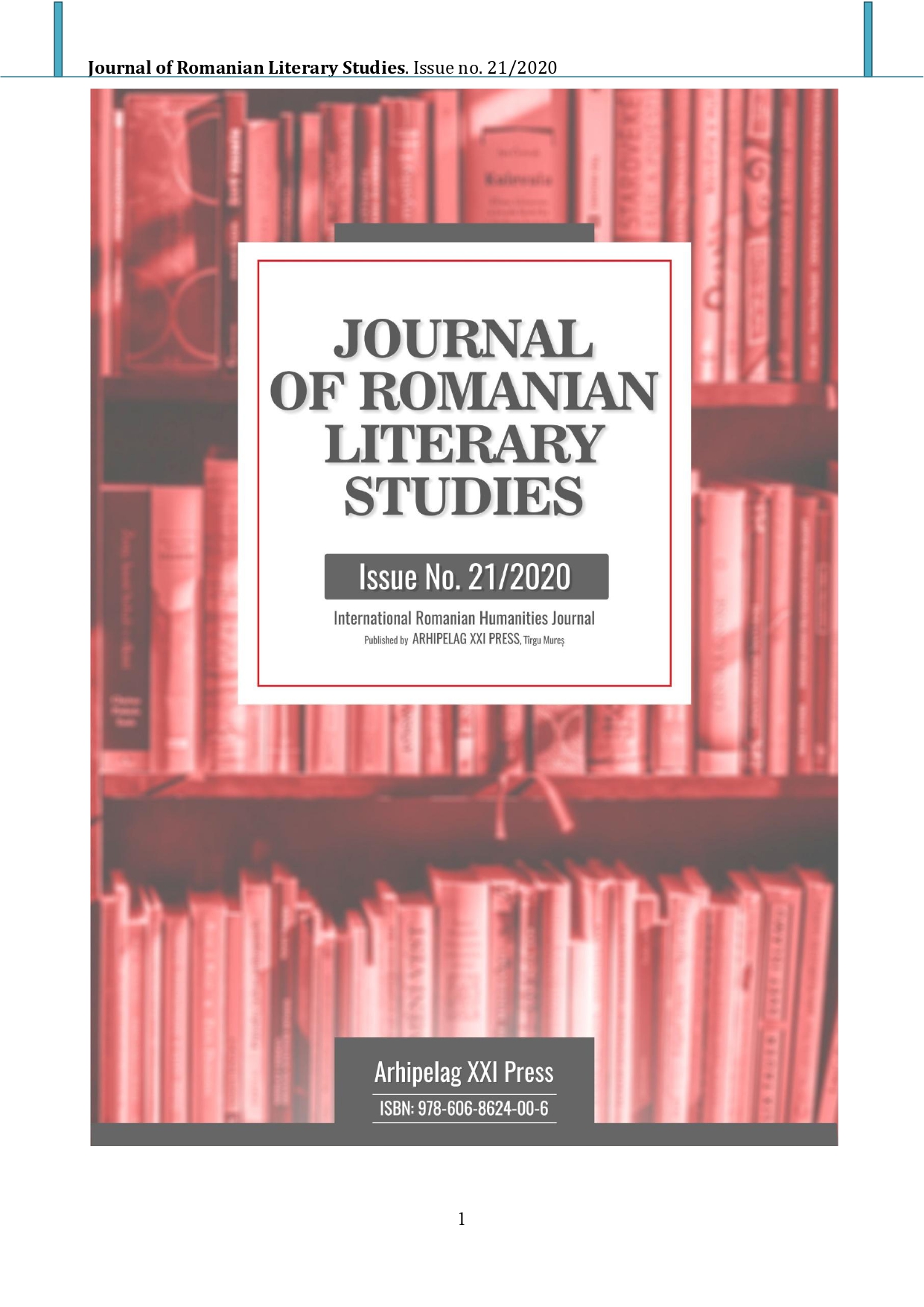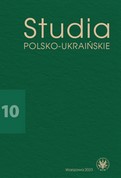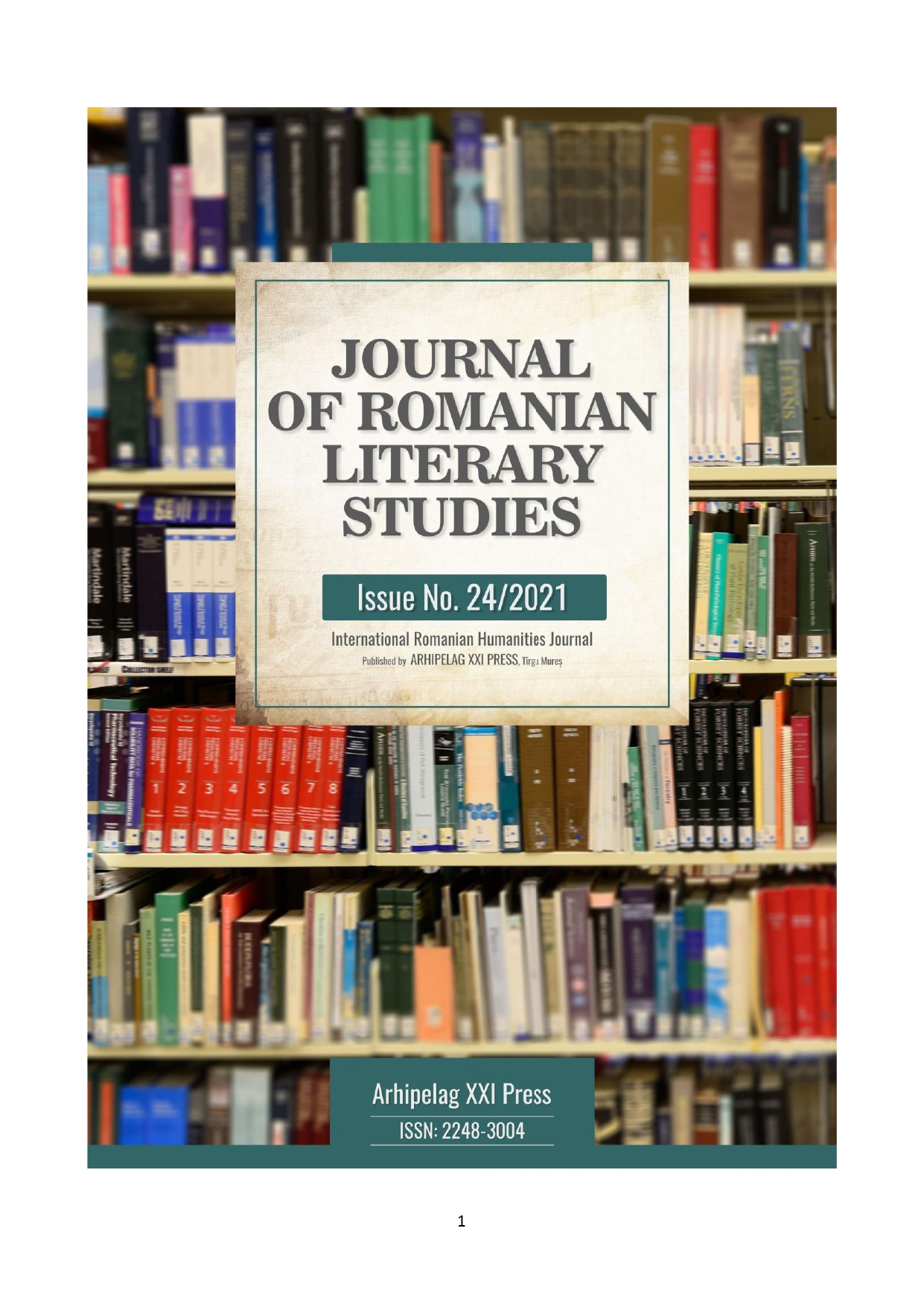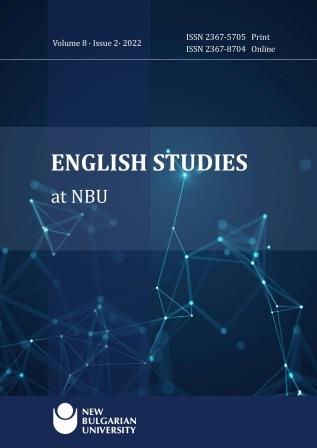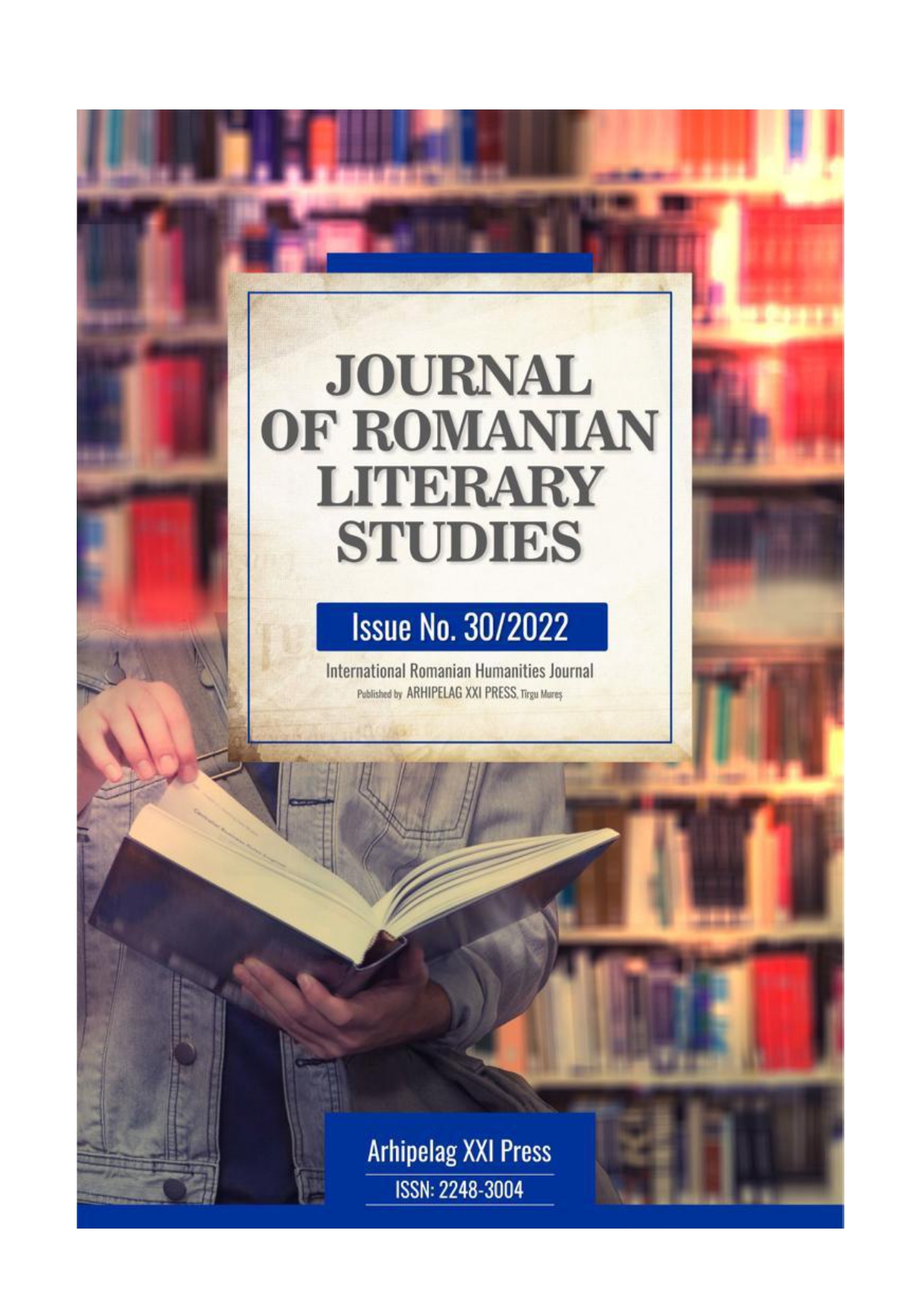Author(s): Anatolii Tkachenko / Language(s): Ukrainian
Issue: 10/2023
The concept of artistic translation, and the criteria for its requirements, are constantly evolving: what used to be considered a translation, now, based on a vastly expanded range of forms of inter-artistic interaction and intertextuality, qualifies translation, as a rehash process, as imitation, motifs’ creation, stylisation, adaptation, transplantation, borrowing, processing, citation, figurative analogy, reminiscence. Mixing them sometimes leads to arbitrary interpretations of the translation freedom degree. Ideally, the translator should know perfectly, in addition to his native language, the language and culture of the people whose literature they are working on to be congenial to the author of the original to create not only in a rational but also in an emotional register, with complete spiritual dedication. Such was the master of Ukrainian translation Mykola Lukash, who could perfectly harmonise antinomies of spirit/letter, content/form, and more. Entirely original are his transformations of Robert Burn’s ballads. The author compares the versions of the interpretation of R. Burn’s ballad “My Heart’s in the Highlands” by P. Grabovsky, V. Mysyk, S. Karavanskyi, V. Chernyshenko, M. Lukash, and concludes that the freest and melodic one is the rehash attempt by M. Lukash. This is probably the most related to folk motifs variation on the famous work of Robert Burns. The ballad “The Lass that Made the Bed for Me” is the most popular in today’s media space. Ever since the Soviet times, the translation of this ballad, made by Samuel Marshak, is still considered a classic one in the trade of translation, where both the substantive and formal parameters of the original are pretty accurately reproduced.
More...
